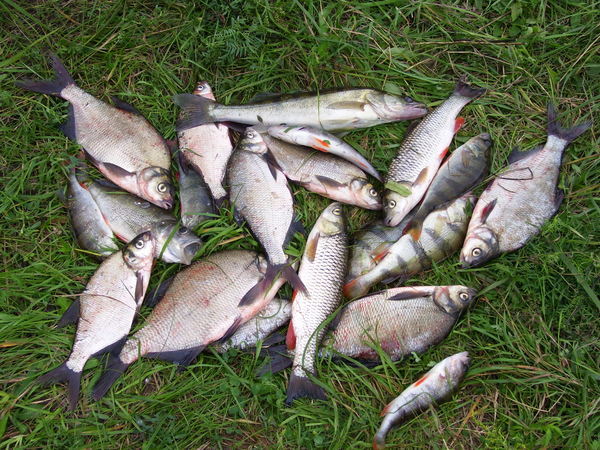Tiraspol, 25 April. /Novosti Pridnestrovya/. The media reported earlier last week about incidents of fish kills, especially big species, in the upper pool of the Dubossary reservoir.
Dead and half dead species were found on the banks of the Dubossary reservoir and the Jagorlyk nature reserve's backwater. Upon the visual examination of dead fish, nature reserve specialists revealed the reddening of exterior and interior organs in the form of burns, excessive skin mucus, the Ministry of Agriculture and Natural Resources' press service reports.
On 19 April the whole length of the Dniester river was monitored with water samples collected for chemical tests. According to the Republican Centre of Hygiene and Epidemiology, no increased level of the contaminant concentration which could lead to fish kills was revealed as of 21 April. An increased level of hazardous substances for fishing industry objects was not detected either. According to GUP Water Supply and Removal, there is also no limit-exceeding contamination of the Dniester.
Therefore, the ministry notes, it is necessary to carry out more comprehensive tests for undetermined carcinogenic substances.
The forensic centre of the Interior Ministry of the PMR has also investigated fish samples to reveal specific contaminations which may lead to fish kills.
Upon the detection of the basic cause and toxic substances caused fish kills, the ministry will involve relevant authorities to investigate the inflow of such substances to the river.
Until the cause of fish kills is identified, the ministry recommends fishing enthusiasts to avoid picking washed ashore fish species along the whole length of the Dniester river and eating it.
The ministry also recalls the introduction of a seasonal ban on fishing during spawning.
Investigation results will be posted on the website of the Ministry of Agriculture and Natural Resources of the PMR.








